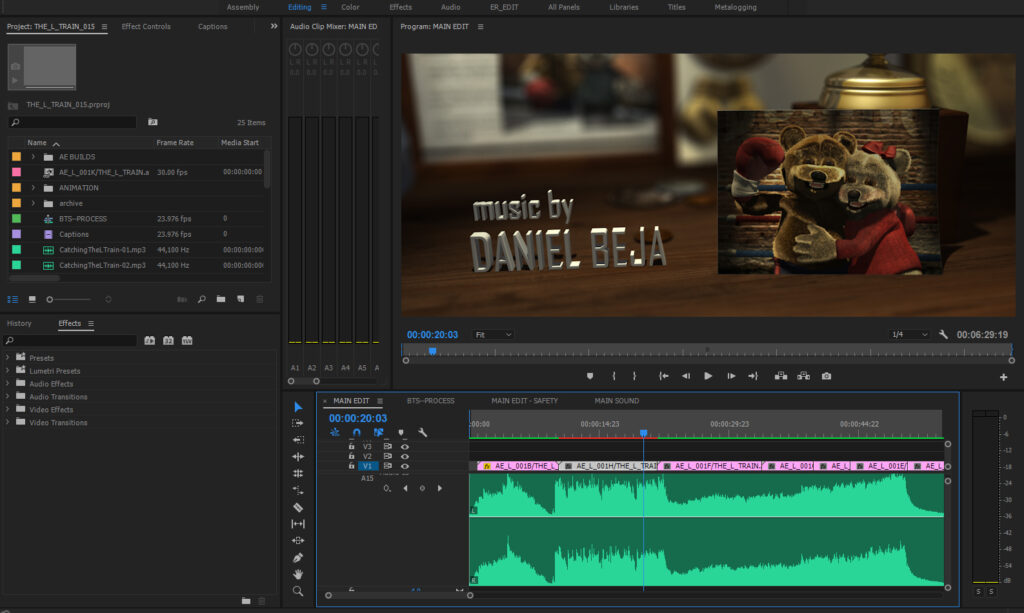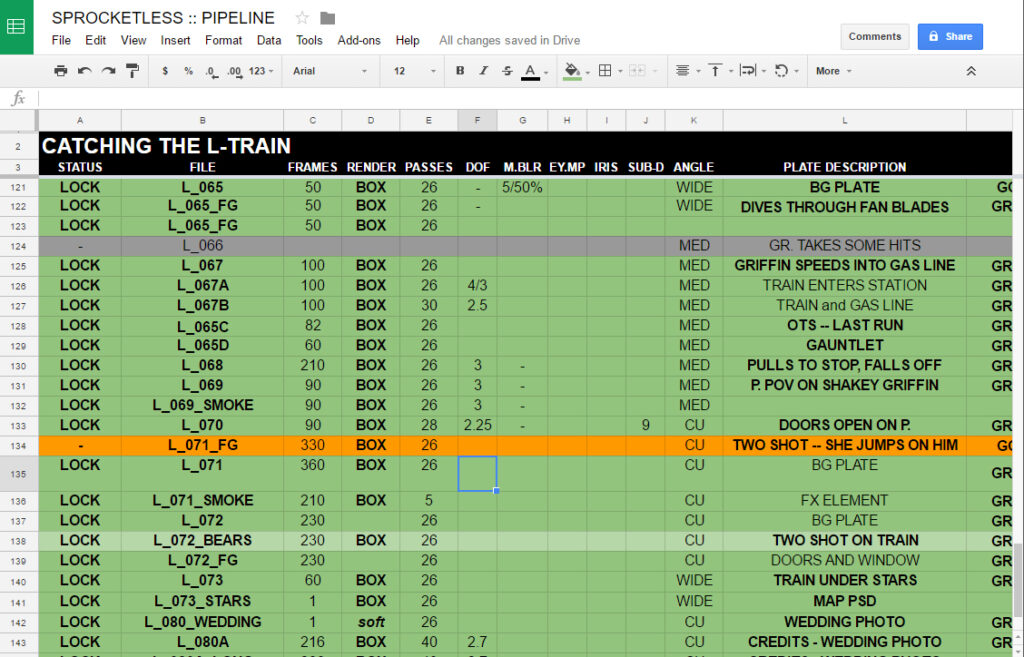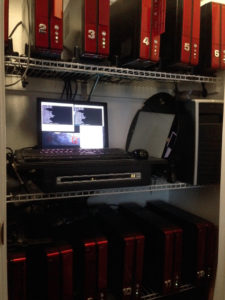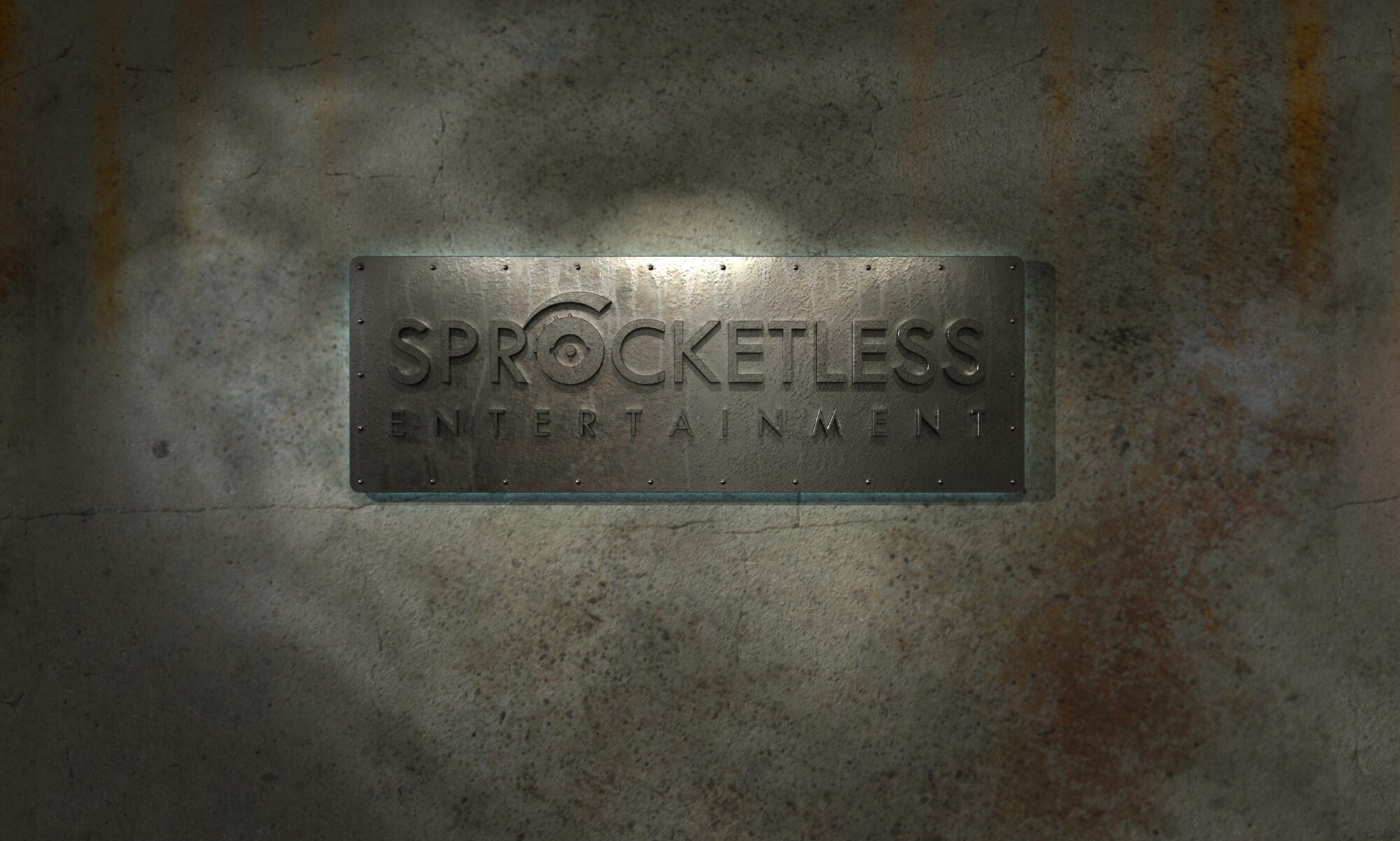The music is done! Here’s the jump scene from Catching the L Train with the final music in place. I owe a big “thank you” to composer Daniel Beja who is extremely talented and fantastic to work with!
Scoring Progress
It has been a blast working with a composer Daniel Beja located in Paris! As our days and nights are switched, I wake up to find delightful progress on the score to Catching the L Train in my inbox.

The score is nearing completion, which means the film should be ready to hit festivals in March!
Animation Process
Here’s a brief behind-the-scenes look at the animated short Catching the L Train along with a (nearly) finished scene at the end–enjoy!
Nearly There!
A typical shot is rendered in separate layers, such as foreground elements, middle-ground character performances, and an out-of-focus background set. Over the past year, I tracked all of the 160 shots or shot-layers for Catching the L Train on a pipeline spreadsheet, where only final, locked shots were labeled in green.
With only two shots remaining to polish and lock, the board is almost entirely green!

BY THE NUMBERS

The 160 separate shot layers resulted in more than 24,000 finished frames. Each scene was rendered several times before the lighting, FX, and performances were locked. Rendering was handled by a render farm of 12 dedicated computers running 24/7 for months at a stretch to make this 6.5-minute film possible.

